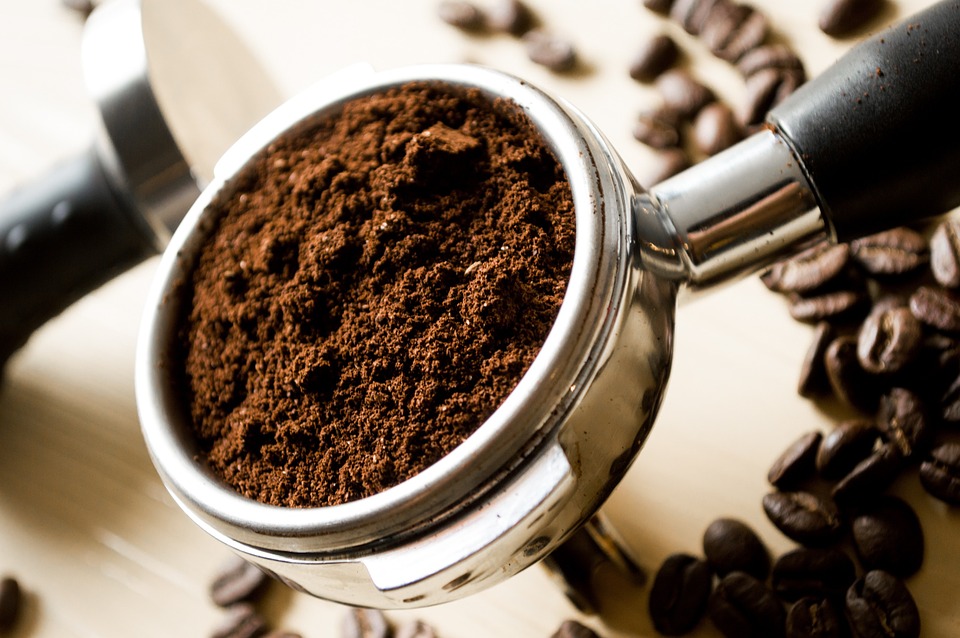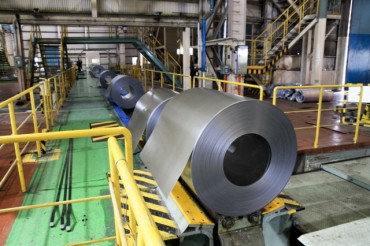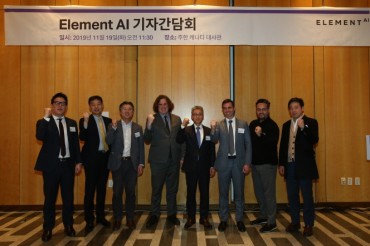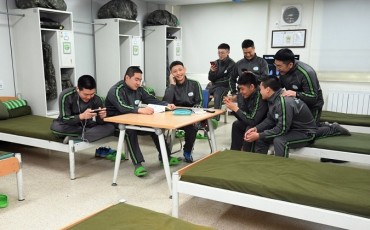
From cheap convenience store coffee to 5,000 won beverages at popular coffee franchises, the domestic coffee market seems to be in chaos. Consumers are facing a vast range of products at different prices, and are coming away confused. (Image : Pixabay)
SEOUL, Feb.15 (Korea Bizwire) – From cheap convenience store coffee to 5,000 won beverages at popular coffee franchises, the domestic coffee market seems to be in chaos. Consumers are facing a vast range of products at different prices, and are coming away confused.
Industry officials say that there are differences in roasting skills, but the cost of coffee beans required to brew one cup of coffee doesn’t exceed 500 won, regardless of where you buy your coffee. In other words, the remaining costs come from rent, personnel expenses, and other expenditures needed to provide additional services.
The convenience store CU launched its personal brand called Café GET in December 2015. A 12 ounce cup of black coffee sells for 1,200 won. This is 2,900 won cheaper than a Tall Americano at Starbucks (4,100 won), which is similar in size.
According to BGF Retail, which manages CU, the company uses coffee beans from Colombia and Tanzania that are of the highest quality.
A cup of ‘Café GET’ made with the high quality beans is priced at 1,200 won, and about 30 to 40 percent of the costs are related to the coffee beans themselves (including roasting costs and logistics costs).
Seven Eleven is also popular for its drip coffee ‘Seven Café’, which has prices ranging from 1,000 won to 1,200 won. Store officials comment that the combined cost of cups and beans comes to around 400 won per cup, which means that coffee offers high margins compared to other typical convenience store fare.
Industry officials comment that the cost of the raw materials for a cup of coffee doesn’t differ much between convenience store coffee and coffee houses selling higher priced beverages.
They continue to explain that although there isn’t a large difference in the price of ingredients, prices vary due to additional costs such as rent, decoration, personnel costs and other maintenance costs.
In other words, big coffee franchises like Starbucks manage large stores in urban areas with many employees and fancy interior decorations, while convenience stores only need a coffee machine to accompany their already existing resources, making it possible for them to provide coffee at a lower price.
Starbucks officials comment that they provide their employees with insurance, breakfast and traffic expenses, invest in localizing their stores to the region, and provide Wi-Fi to their customers. They emphasize that they have to incur additional costs to provide a high level of service to their customers. In addition, their blending and roasting methods are unique, bringing out better flavors from the beans, which commands a higher price than convenience store coffee.
Even so, coffee lovers say that coffee prices that are more than eight times higher than the cost of the beans (400 to 500 won) are still much too expensive.
By M.H.Lee (mhlee@koreabizwire.com)






